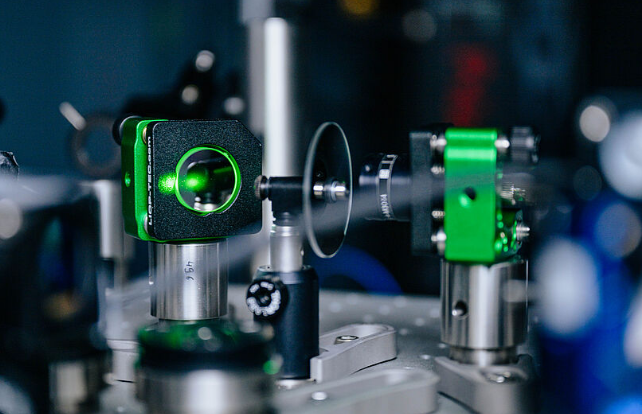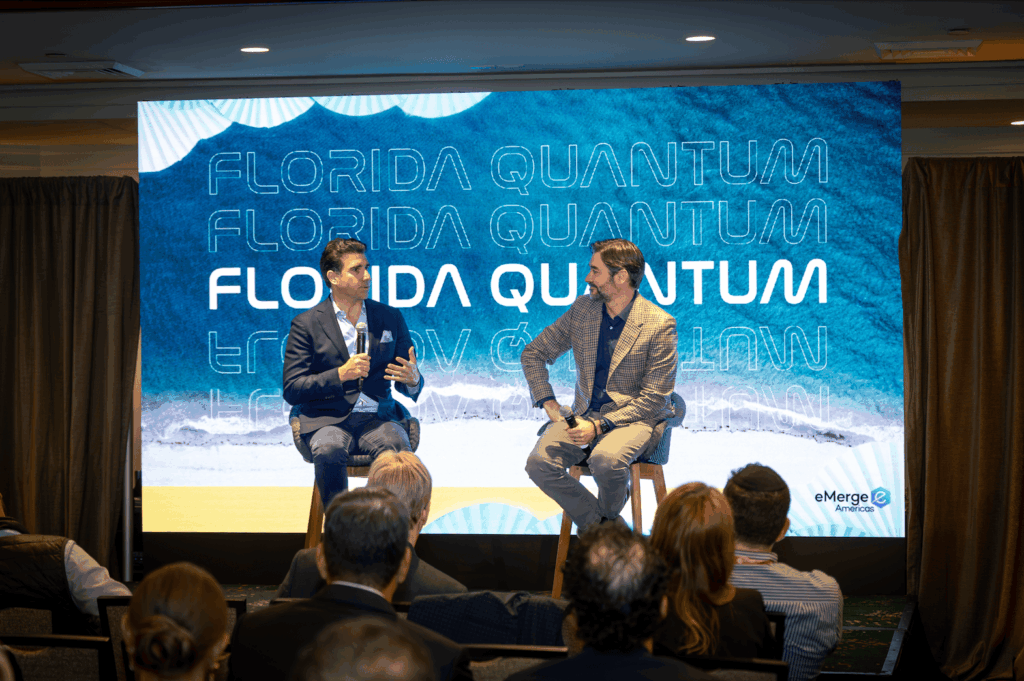Insider Brief:
- Researchers from Osaka University and RIKEN introduced FWO to improve the fault-tolerance of color codes, a type of quantum error correction (QEC) code, by optimizing decoder weights based on flag qubit outcomes.
- The FWO method doubles the fault-tolerance threshold of the (4.8.8) color code from 0.14% to 0.27%, and improves the threshold of the (6.6.6) color code to 0.36%. It also reduces the logical error rate by almost an order of magnitude compared to conventional methods.
- The advancements from FWO may enable broader practical use of color-code-based QEC.
In a recent paper published in PRX Quantum, a team of researchers from Osaka University and RIKEN presented an approach to improve the fault-tolerance of color codes, a type of quantum error correction (QEC) code. Their method, known as Flagged Weight Optimization (FWO), targets the underlying challenges of color-code architectures, which historically suffer from lower thresholds under circuit-level noise. By optimizing the decoder weights based on the outcomes of flag qubits, this method improves the threshold values of color codes.
Color Codes and Their Fault-Tolerant Potential
Color codes are an alternative to surface codes in quantum error correction that implement all Clifford gates transversally, making them a potential solution for low-overhead quantum computing, as noted by the paper. However, their practical use has been limited thus far by the relatively low fault-tolerance thresholds under circuit-level noise. Traditional methods of stabilizer measurement, which involve high-weight stabilizers acting on numerous qubits, introduce substantial circuit depth and errors, ultimately leading to lower overall performance.

The research team focused on two color-code lattices—the (4.8.8) and (6.6.6) color codes. The team noted that while these codes are considered topologically advantageous for QEC, their previous thresholds were relatively low, making them less effective for real-world applications. For example, the threshold for the (4.8.8) color code was previously around 0.14%, limiting its use in fault-tolerant computing.
The Innovation Behind Flagged Weight Optimization
According to the researchers, the innovation lies in their flagged weight optimization method, which uses conditional error probabilities based on flag qubit outcomes to fine-tune the weights used in the decoding process. By flagging certain errors and incorporating that information into the decoding process, the method can more precisely target correction of errors, especially in high-weight stabilizer measurements.
This method was shown to increase the threshold for the (4.8.8) color code to 0.27%, which is nearly doubling the previous threshold. In the (6.6.6) color code, the threshold was improved to 0.36%, which is neck in neck with the highest previously recorded thresholds under similar noise models. These results may open new possibilities for the use of color codes in fault-tolerant quantum computing.
Key Advantages of the FWO Method
As noted in the research paper, one of the benefits of the flagged weight optimization method is its ability to increase error tolerance in quantum systems. By using flag qubits to optimize the decoder weights, the research team was able to reduce the occurrence of logical errors in both the (4.8.8) and (6.6.6) color codes. This optimization allows quantum computers to perform more reliably, even at higher error rates.
Additionally, the use of cat states in combination with FWO minimizes the depth of the syndrome measurement circuit. Reduction in circuit complexity helps suppress the propagation of errors that can come from high-weight stabilizer generators. In more general terms, the flagged weight optimization method reduces the logical error rate by almost an order of magnitude compared to conventional approaches,.
Looking Forward: The Impact on Quantum Computing
While research from academia varies in recommended pathways to reach fault-tolerant quantum devices, there are many that target quantum error correction as first and foremost. Methods such as FWO are integral to the overall quantum community progress as they expand what is achievable with existing architectures. As the Osaka University and RIKEN team continue to refine their approach, this work is a starting point for broader experimental implementations of color-code-based QEC with the potential to overcome the barrier that has prohibited additional practical use cases in quantum computing thus far.

















